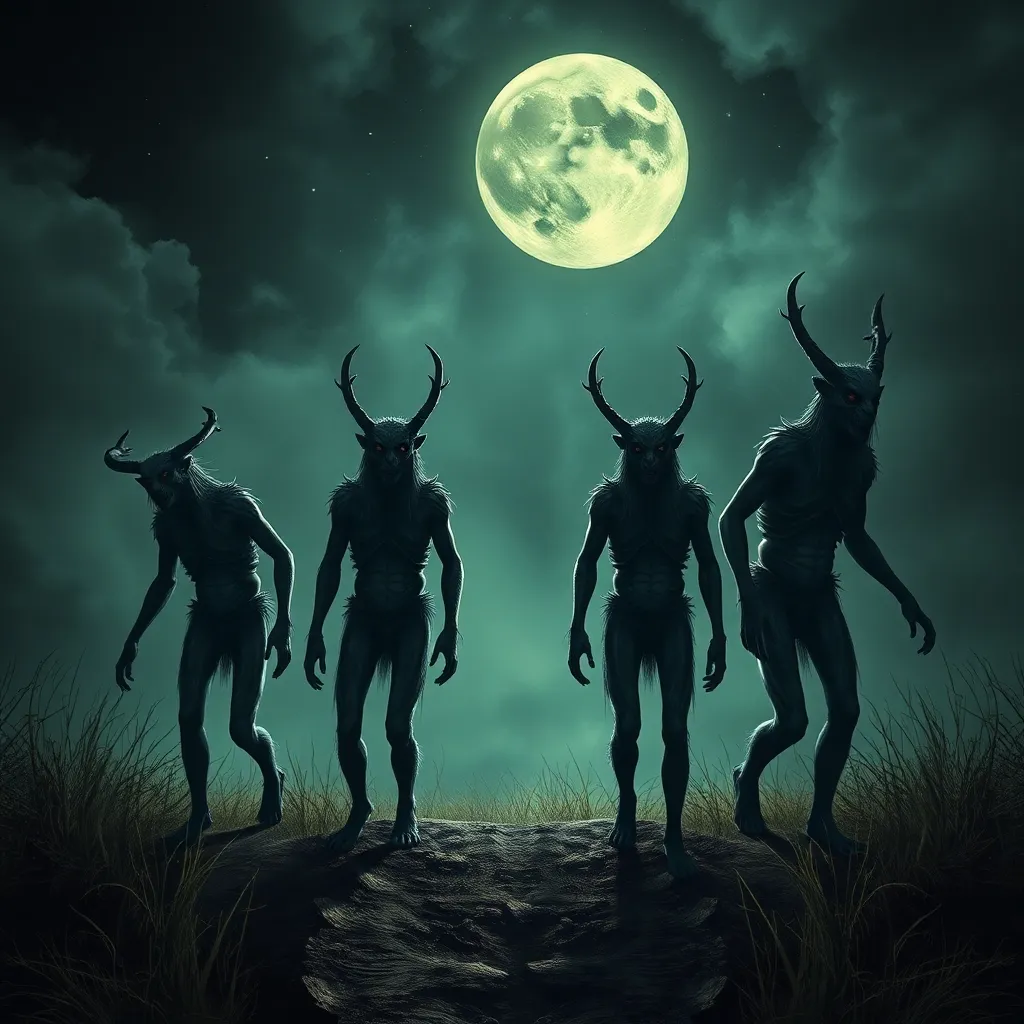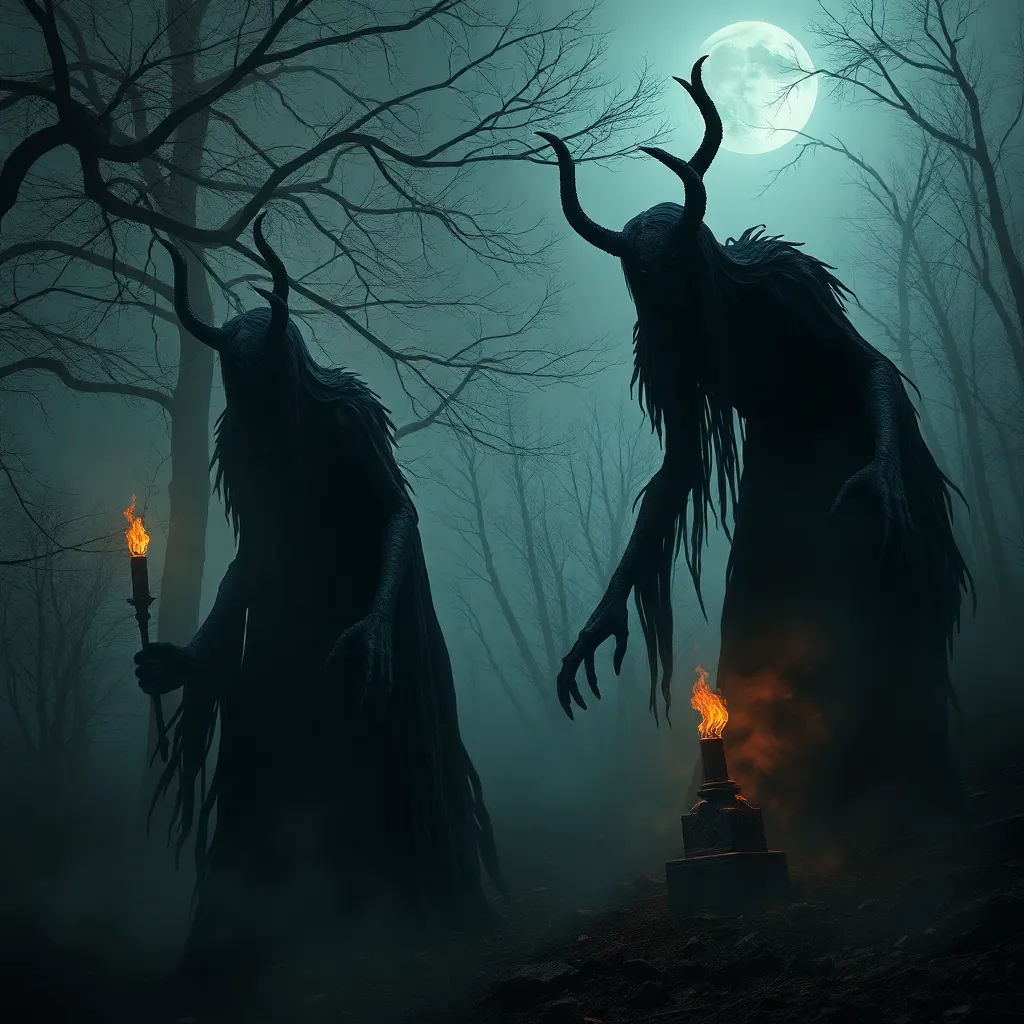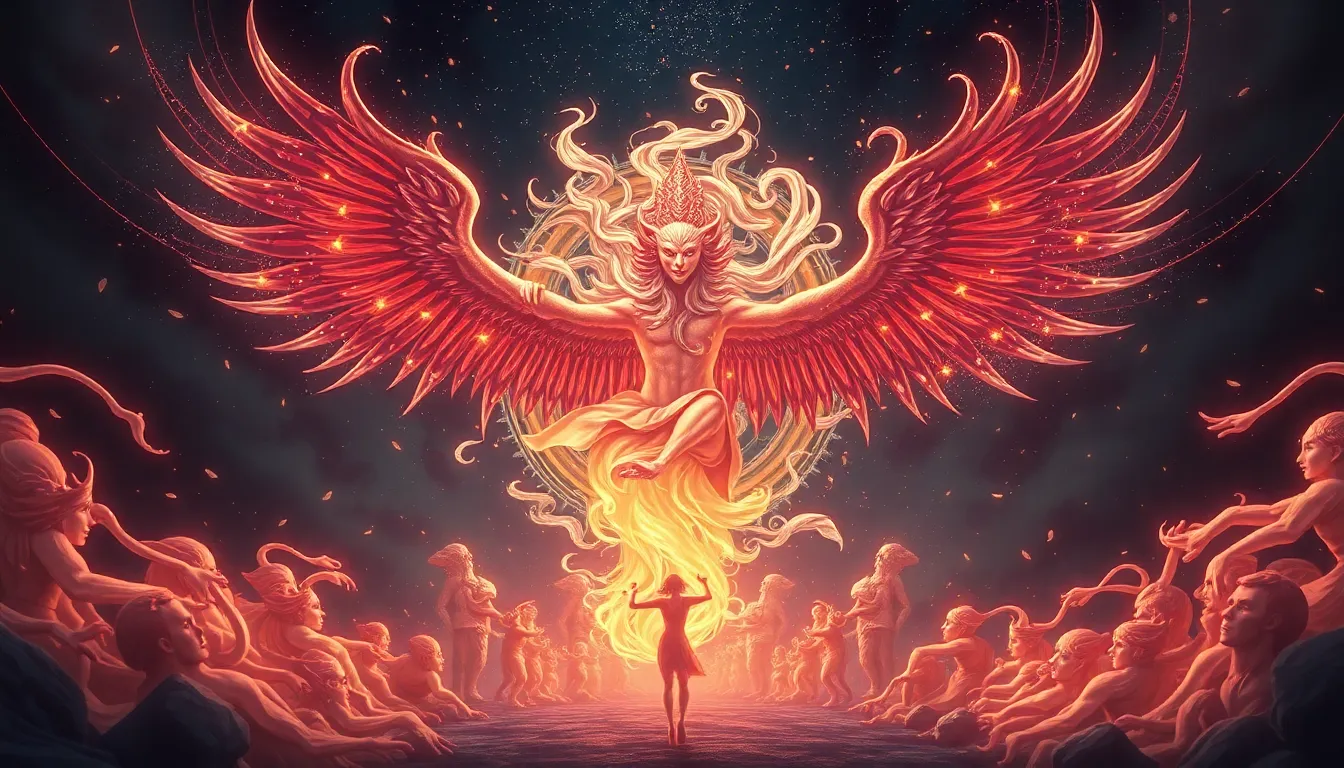First-Hand Accounts: Stories of Encounters with Skinwalkers
I. Introduction
Skinwalkers, or “yee naaldlooshii” in Navajo culture, are believed to be witches who can transform into animals or possess animal forms. This concept is deeply ingrained in the lore of the Navajo people and is often associated with dark magic and malevolent intentions. The significance of first-hand accounts of skinwalkers lies in their ability to convey personal experiences that bridge the gap between folklore and reality, offering a glimpse into the fears and beliefs surrounding these entities.
The purpose of this article is to explore real-life encounters with skinwalkers, sharing stories that illustrate the impact these beings have on individuals and communities. Through these narratives, we can better understand the cultural context and the emotional weight they carry.
II. The Origins of Skinwalker Lore
The origins of skinwalker myths can be traced back to ancient Navajo beliefs and practices. Historically, skinwalkers were thought to be powerful shamans who had chosen to use their abilities for malevolent purposes. A key aspect of Navajo spirituality is the balance between good and evil, and skinwalkers represent a significant deviation from this balance.
Culturally, skinwalkers hold a place of fear and reverence within Navajo traditions. They are often depicted as the antithesis of healing and harmony, serving as cautionary tales against the misuse of spiritual power. Over time, modern interpretations have emerged, blending traditional beliefs with contemporary horror narratives, making skinwalkers a popular subject in media and folklore.
III. Common Characteristics of Skinwalkers
Skinwalkers are often described with several common characteristics:
- Physical Traits: They are believed to be able to transform into various animals, such as coyotes, wolves, and bears. Some accounts describe them as having glowing eyes or a distinct smell.
- Abilities: Skinwalkers are said to possess supernatural powers, including speed, strength, and the ability to mimic voices.
- Behavioral Patterns: Encounters often involve a sense of dread or unease, and witnesses report feeling watched or followed.
- Cultural Symbols: Within Navajo culture, skinwalkers are associated with witchcraft and the violation of sacred taboos, representing a profound moral and spiritual corruption.
IV. Compelling First-Hand Encounters
A. Story 1: A rural encounter at dusk
In a small rural town in New Mexico, a local resident named Maria shared her chilling encounter with a skinwalker. One evening, as she was returning home from a friend’s house, she noticed the sun setting behind the mountains, casting long shadows across the dirt road. The air was still, and an unsettling silence enveloped the landscape.
As Maria walked, she suddenly felt an overwhelming sense of being watched. Glancing around, she spotted a figure crouched near a bush, its eyes reflecting the fading light. It appeared to be a coyote, but something about its demeanor felt off. The creature seemed to be staring directly at her, its gaze piercing and unnatural.
Feeling a rush of fear, Maria quickened her pace, but the coyote began to follow her, moving silently and swiftly. As she reached her driveway, she turned to see the creature standing upright, its shape shifting into that of a tall, thin man. Terrified, she rushed inside, locking the door behind her. To this day, Maria recalls the encounter with a mix of fear and disbelief, hesitant to walk alone at dusk ever since.
B. Story 2: A family camping trip gone awry
Another firsthand account comes from a family who decided to go camping in the Navajo Nation during the summer. Initially excited about their trip, they set up camp near a serene lake, surrounded by towering pines. As night fell, the atmosphere shifted; strange noises echoed through the woods, and a feeling of unease settled over the group.
Initially dismissing the sounds as wildlife, the family tried to enjoy their evening. However, their unease grew when they began to hear what sounded like a child laughing, despite the fact that they were alone in the vast wilderness. The laughter was eerie and echoed through the trees, sending shivers down their spines.
Then, in the dead of night, one of the family members spotted a figure at the edge of their campsite. It appeared to be a human form, crouching low to the ground, but with an unsettling, animal-like gait. Panic set in as the figure moved closer, and the family quickly grabbed their belongings, deciding to leave the campsite in haste. The encounter left them shaken, and they spoke of it only in hushed tones, forever wary of the dark woods that had once seemed so inviting.
V. Psychological Impact of Skinwalker Encounters
The psychological impact of encountering a skinwalker can be profound and lasting. Witnesses often experience:
- Emotional Effects: Fear, anxiety, and paranoia can linger long after the encounter, affecting daily life and relationships.
- Mental Effects: Individuals may struggle with disbelief or self-doubt, questioning their own perceptions and reality.
- Fear and Cultural Indoctrination: The deeply rooted fears associated with skinwalkers can exacerbate feelings of dread, particularly within communities where these stories are part of the cultural narrative.
- Long-Term Consequences: Communities may develop a shared sense of fear or caution around certain areas, impacting social interactions and cultural practices.
VI. Skepticism and Criticism
Despite the chilling nature of these accounts, skepticism exists. Critics argue that:
- Many experiences can be attributed to natural explanations, such as misidentified animals or psychological phenomena.
- The impact of folklore on perception can lead to heightened reactions in individuals who have been raised with these stories.
- Balancing belief with rational skepticism is essential, as it allows for a deeper understanding of the cultural significance of these narratives without dismissing personal experiences.
VII. The Role of Storytelling in Preserving Culture
Storytelling plays a crucial role in preserving Native American culture, particularly among the Navajo people. Oral traditions allow for the transmission of knowledge, values, and beliefs from one generation to the next. Sharing personal accounts of encounters with skinwalkers contributes to this cultural tapestry, reinforcing communal bonds and shared experiences.
The importance of these stories extends beyond mere entertainment; they serve as a means of exploring moral lessons, cautioning against the misuse of power, and acknowledging the mysteries of the natural world. Through storytelling, individuals connect with their heritage and maintain their cultural identity.
VIII. Conclusion
The enduring fascination with skinwalkers speaks to the complexities of fear, folklore, and cultural identity. First-hand accounts provide valuable insights into the emotional and psychological effects of these encounters, as well as their significance within Navajo culture. As we engage with these narratives, it is essential to approach them with respect and an open mind, recognizing their role in shaping cultural understanding and personal experiences.
By listening to and sharing these stories, we can honor the traditions of those who came before us and continue to explore the intricate relationship between folklore and the human experience.



